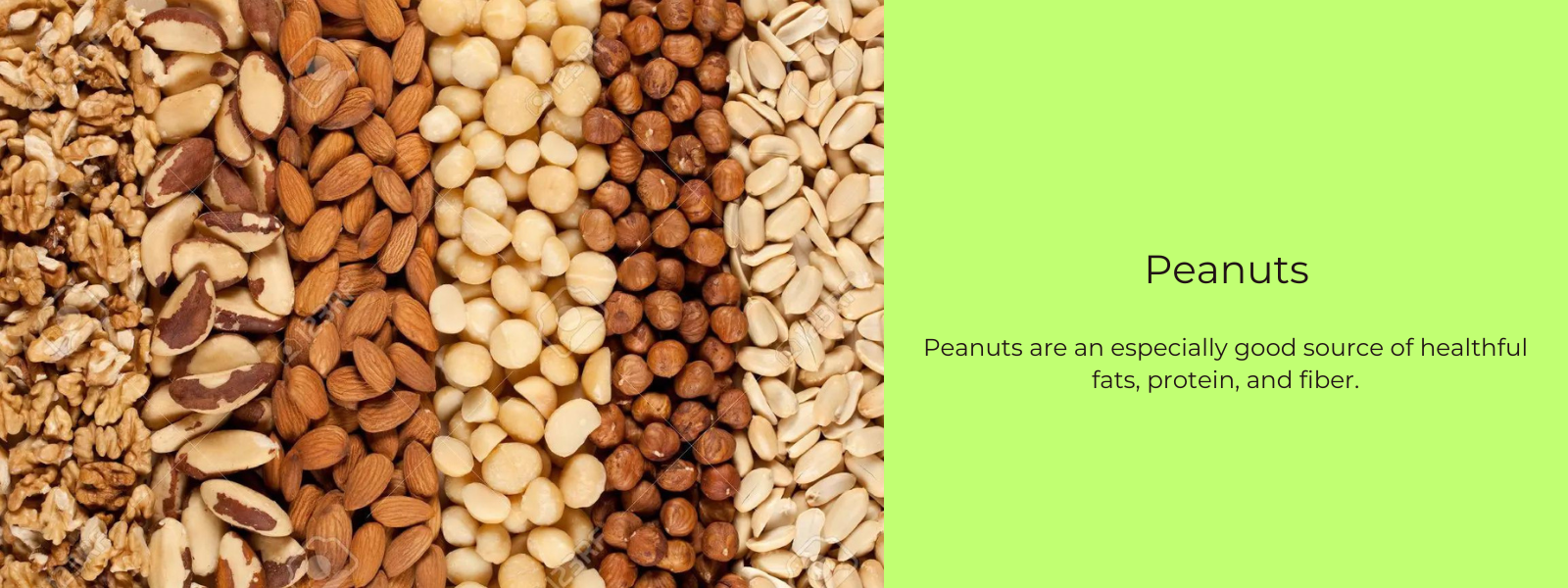Almonds are an incredibly healthy snack. Almonds can be consumed in a variety of forms, including whole, chopped, sliced, or ground into almond butter or flour. One of the most well-known almond-based foods is almond milk.
Almonds are a healthy addition to your diet and a great source of fat. They have the potential to reduce blood pressure and improve cholesterol levels, and they carry a hefty nutritional punch compared to other, more processed fat sources. In addition, they can provide a high volume of beneficial fiber.
Almonds are convenient on-the-go munchies since they are both portable and shelf-stable.
Table of Contents
What is almond?
Almonds come from a tree that is commonly mistaken for a nut even though they are actually drupes (Prunus dulcis; Prunus amygdalus). Almonds are primarily grown in the United States, Spain, and Italy, despite their origins in North Africa, West Asia, and the Mediterranean. This common nut can be eaten either raw or roasted, and it is used in many different recipes. Almonds are a common ingredient in both sweet and savoury meals across cultures. They are especially popular in Middle Eastern and Mediterranean cuisines.
Health benefits of almonds:
Helps you lose weight
Almonds include more protein and fibre and fewer carbohydrates, making you feel full for shorter periods of time than many other foods. This also aids in lowering the average person's calorie consumption.
Happy and healthy
Combinations of almonds and other nuts are very beneficial to cardiovascular health. Almond consumption has been linked to improved blood sugar control. This is due to the magnesium content of almonds; eating a handful of almonds daily is recommended.
Easy on the eyes
Almonds provide a rich source of vitamin E, which protects your eyes and prevents artificial alterations to your lens, while carrots have a well-deserved reputation for being beneficial to your vision.
Promotes better skin health
One can also find the flavonoid in broccoli and green tea, both of which include almonds. This ingredient has anti-aging qualities and helps nourish the skin.
Good for your memory
The potassium content of almond milk increases when almonds are added. This mineral is essential in replenishing your body's electrolytes and boosting your energy levels.
Reduce cholesterol
Antioxidants produced by increased vitamin E in the circulation prevent cholesterol from accumulating in the cells.
High levels of antioxidants
It's possible that the antioxidants in almonds could aid you in dealing with stress. The breakdown of molecular structure caused by stress contributes to inflammatory diseases, cancer, and the ageing process.
Uses of almonds:
Almonds in their whole form have several use, from snacking to trail mix additions to culinary applications. Blanched or toasted almonds are required in several recipes; you can buy them already prepared or do the work yourself with whole almonds. Almonds can be used whole, in slivers or slices, or processed into almond meal (or almond flour).
How to cook with almonds?
The skin has both a bitter and a sweet taste, depending on the preparation. Before you bother peeling off the nut's brown skin, give it a try. Almonds can have their skins removed by blanching them before they are used in a recipe. Toasting almonds before using them in baked goods not only enhances their flavour but also prevents them from sinking to the bottom of the pan. Almonds are versatile and may be used in a variety of ways, from baking to spicing up your favourite stir-fry. They are also delicious when used as a decorative topping for salads, meat and vegetable meals, and sweets.
Almond butter, almond milk, almond flour, and almond paste are just few of the processed almond products that are called for in certain recipes. Each can be purchased, but making them at home needs considerable work.
What do almonds taste like?
Almonds are a great way to add crunch and a little buttery taste to your dishes. The toasted flavour of whole, raw almonds comes from the nuts' skin.
How to prepare almonds?
Snacking on almonds, which are both nutritious and tasty, has been linked to numerous health advantages. The versatility and portability of these foods make it simple to incorporate them into your daily diet.
Several tasty uses for almonds are listed below:
Raw almonds are a healthy and delicious option for a midday or evening snack.
Almonds have a superior texture and taste after being roasted.
How to store almonds?
If you keep your raw almonds in a cold, dark spot, you can keep them for up to two years without worrying about them going bad. Roasted almonds that have not been opened can keep for a year if kept in the same conditions. Both can be stored for even longer in the fridge or freezer. Almonds should be used within three months after opening the packet, and should be stored in a cool, dry, dark location (preferably the refrigerator). Almonds have a long shelf life if kept dry and cool.
Refrigerated almond paste has a shelf life of up to two years. The shelf life of almond flour is a few months, the fridge life is up to six months, and the freezer life is infinite. Almond milk that has been opened must be consumed within seven days; almond milk that has been stored at room temperature must be consumed within seven to ten days.
Different ways of eating almonds:
- You can include almond butter into smoothies, sprinkle it over overnight oats, use it as a dip for fresh fruit, or use it as the foundation for energy balls with ingredients like dried fruit, spices, chocolate, and seeds.
- Spread an almond butter and maple syrup crumble on top of cooked or sautéed fruit and sprinkle with oats and cinnamon.
- Almonds are great on salads, sautéed vegetables, and stir-fries.
- Almond flour can be used instead of all-purpose flour in pancakes and baked products, or as a topping for lentil soup, spaghetti squash, or hummus.
- Make a savoury almond butter sauce by combining almond butter, vegetable broth, fresh grated ginger, minced garlic, and crushed red pepper.











Leave a comment